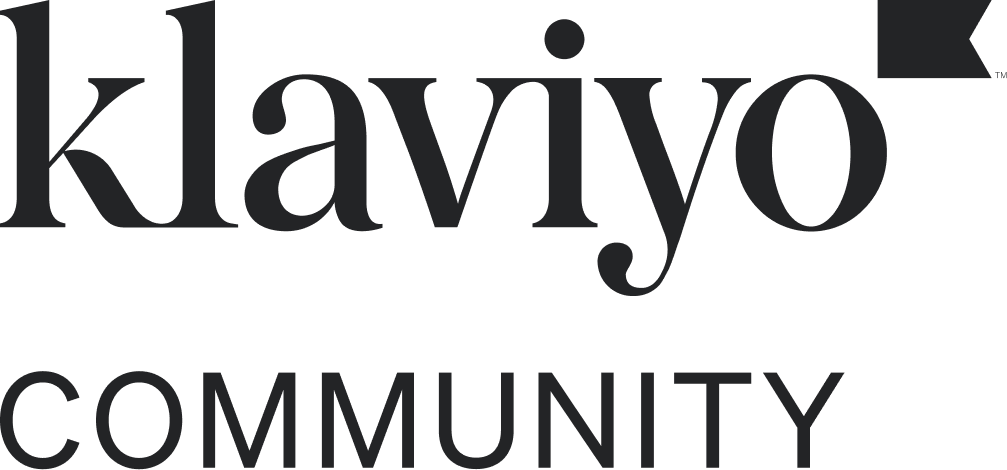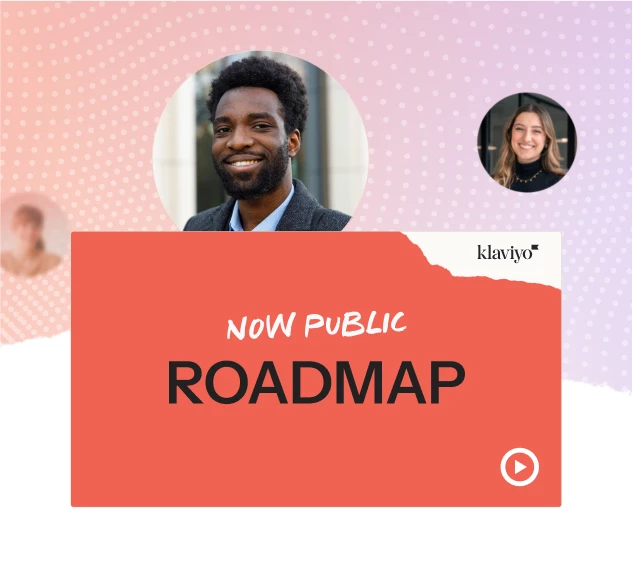I have recently taken over a few more significant accounts and have analyzed the data to see if more or fewer emails are needed in any given flow. Keep in mind, that I am looking at flows with 3+ emails. Anything with 2 or less, I don’t think applies.
The metric that makes the most sense to me in order to make that decision is click rate. If the last email in the flow is above 3%, you can probably go ahead and add another email to the flow. Similarly, if the last email is below 2%, you can probably turn that off. You would then apply that same logic to the next email which is the new “last one”.
Wondering if anyone has any other ways to approach this assessment.
Thank you.





